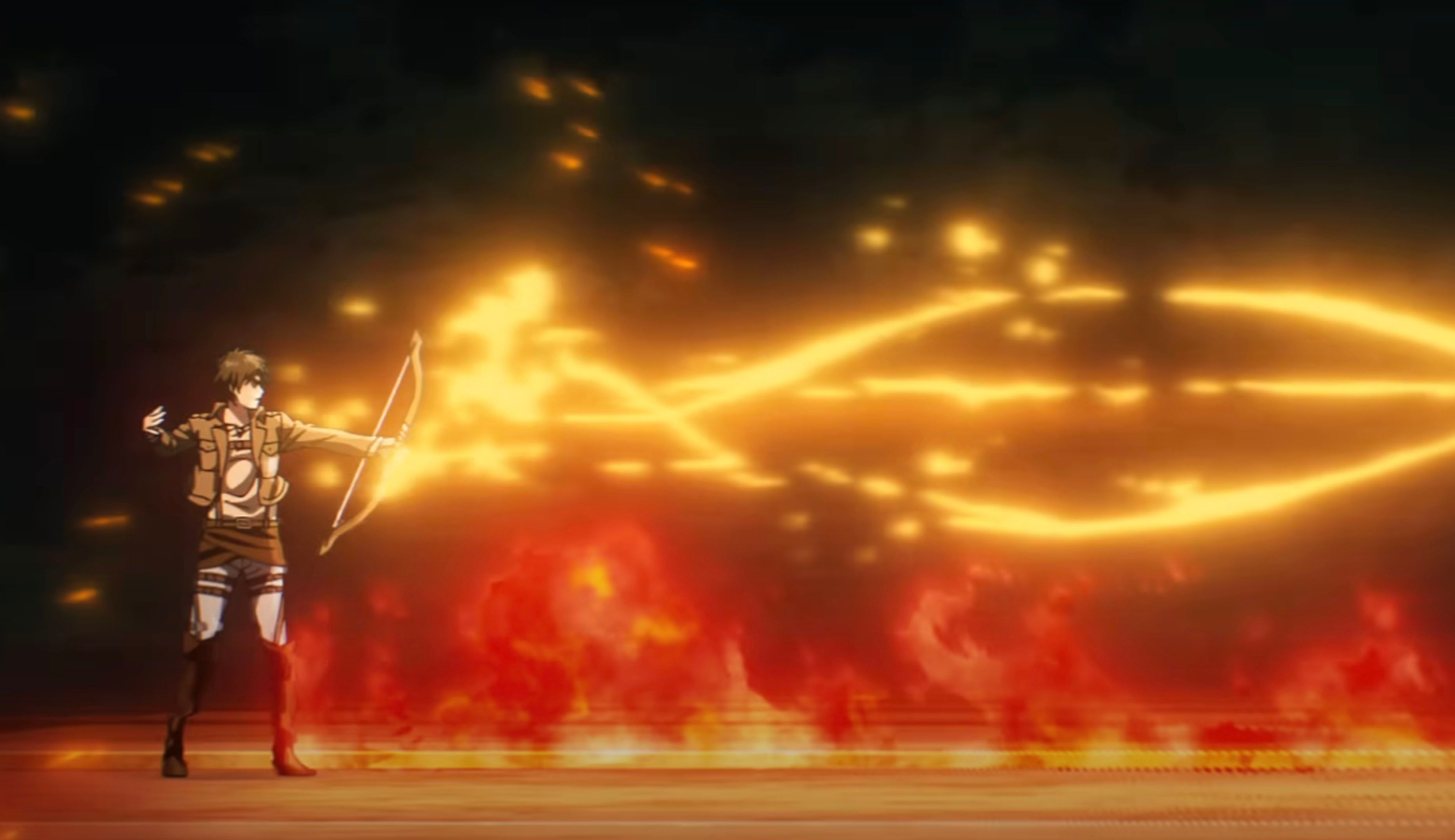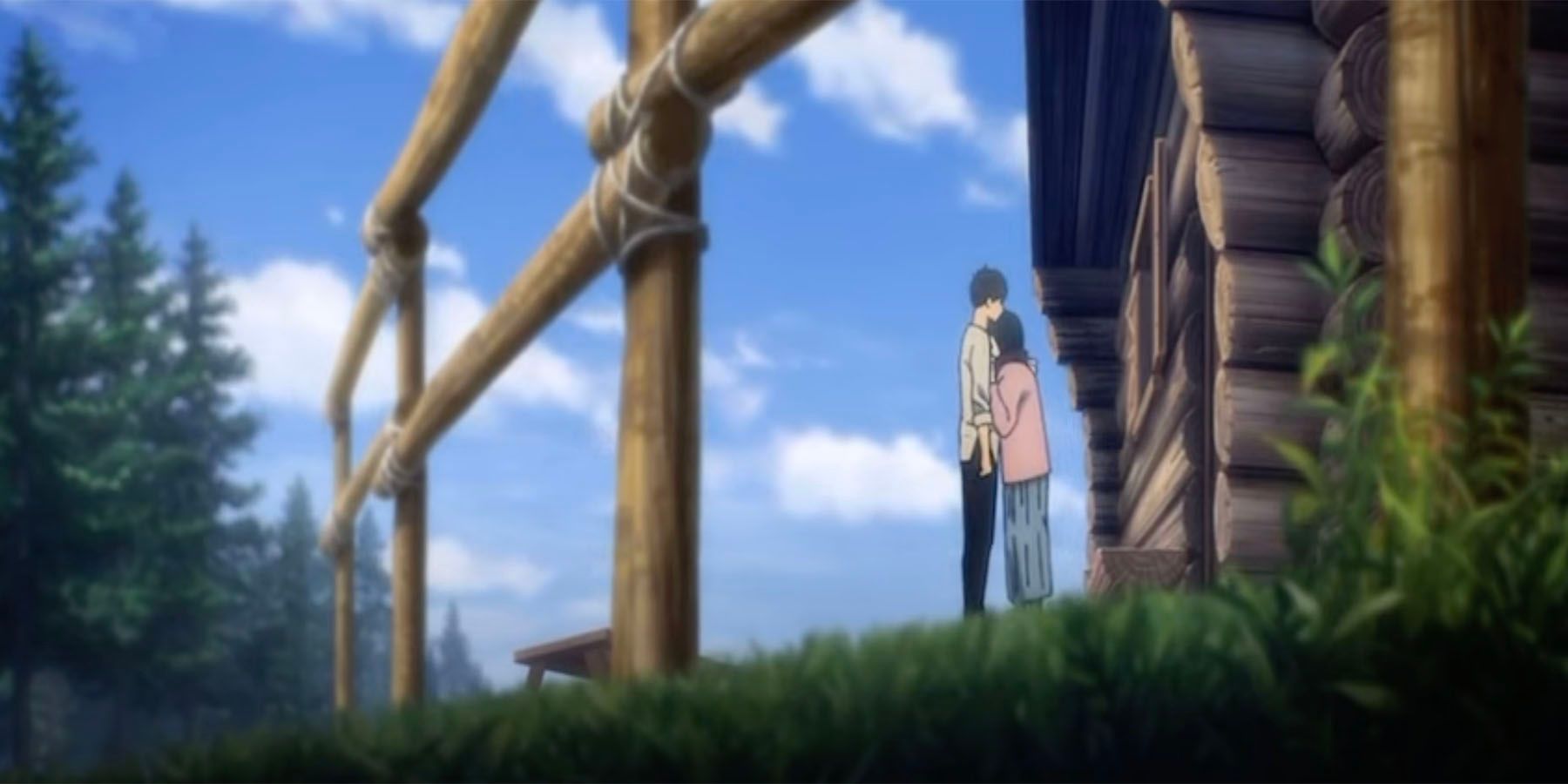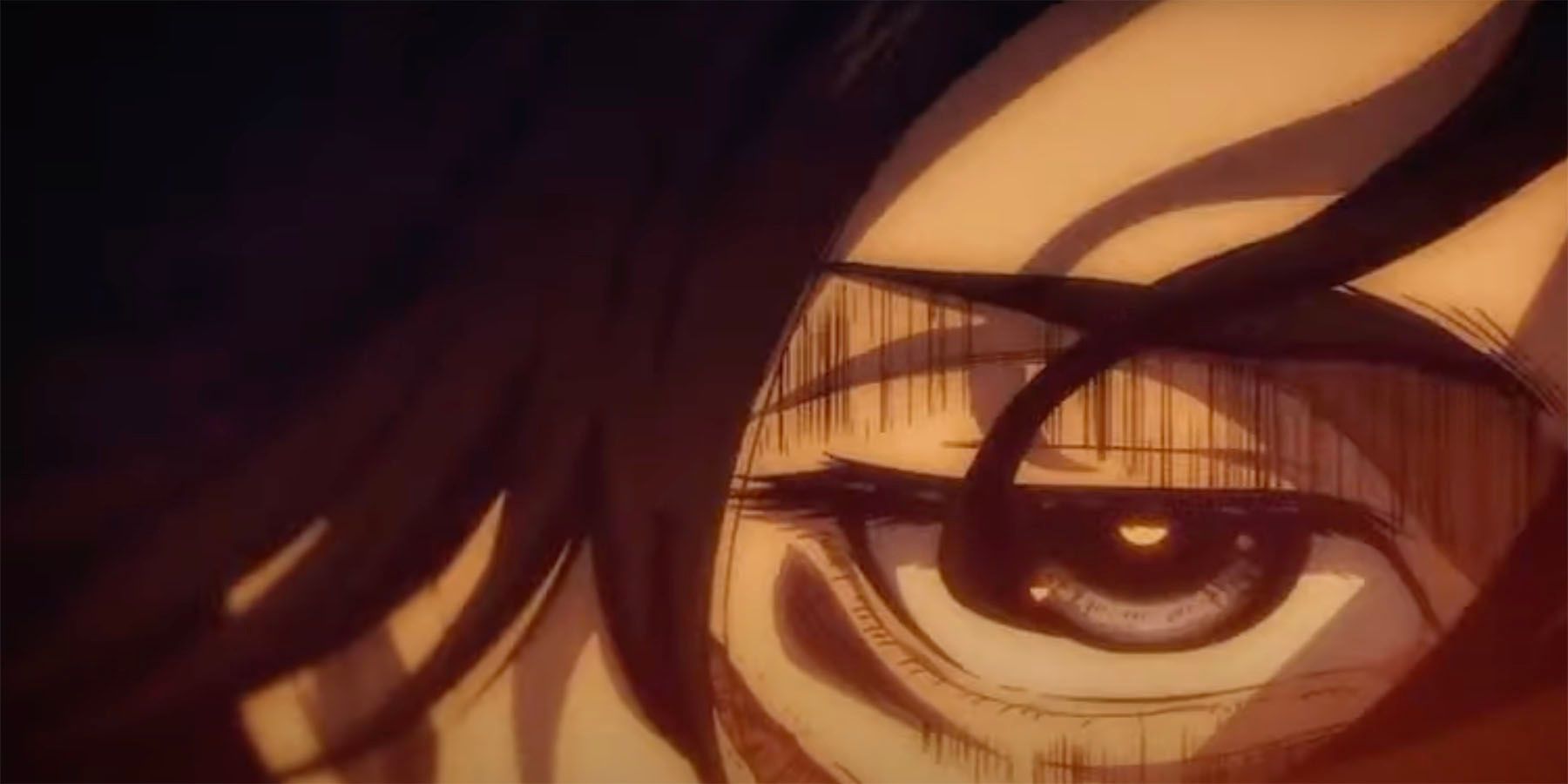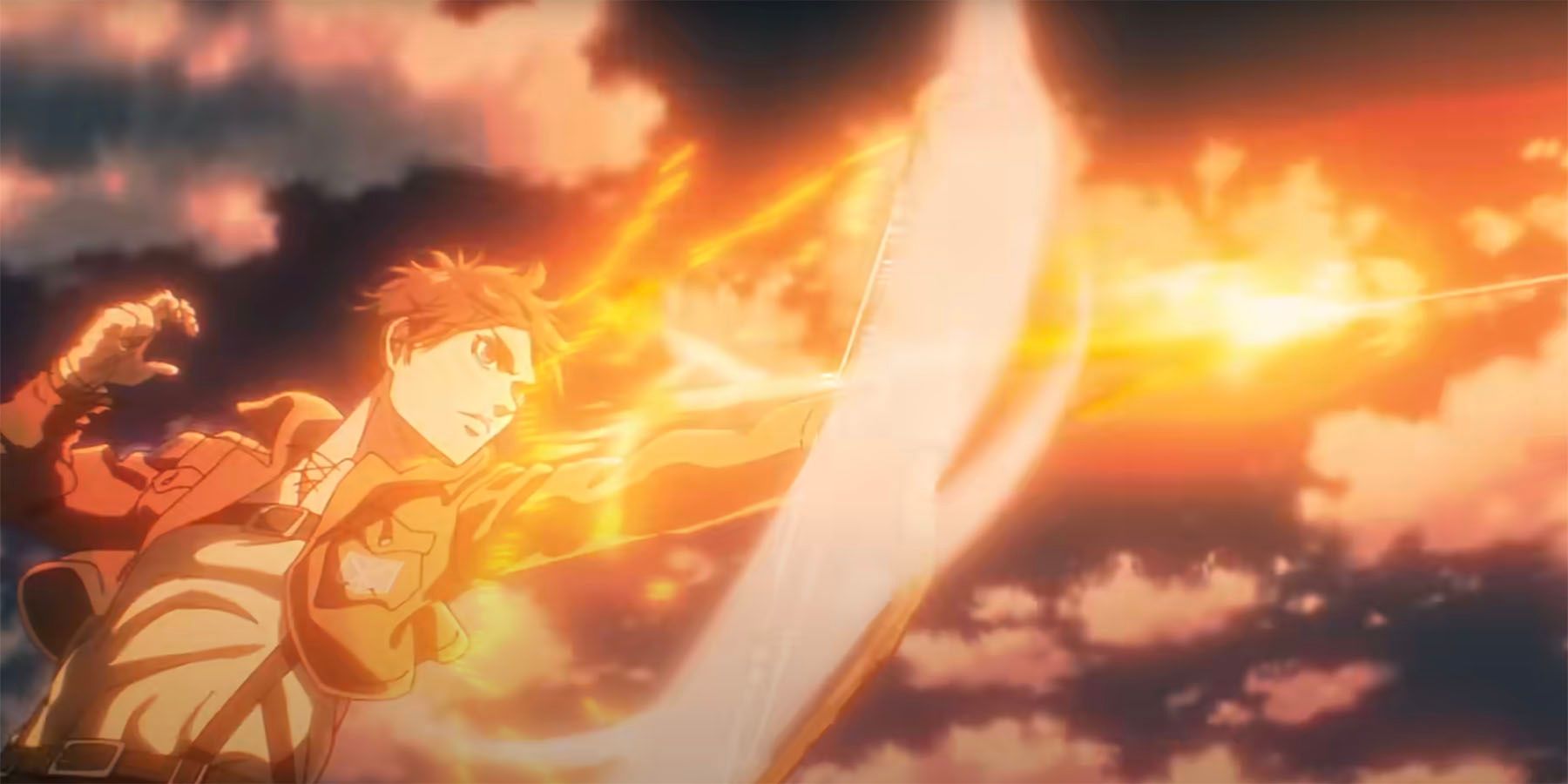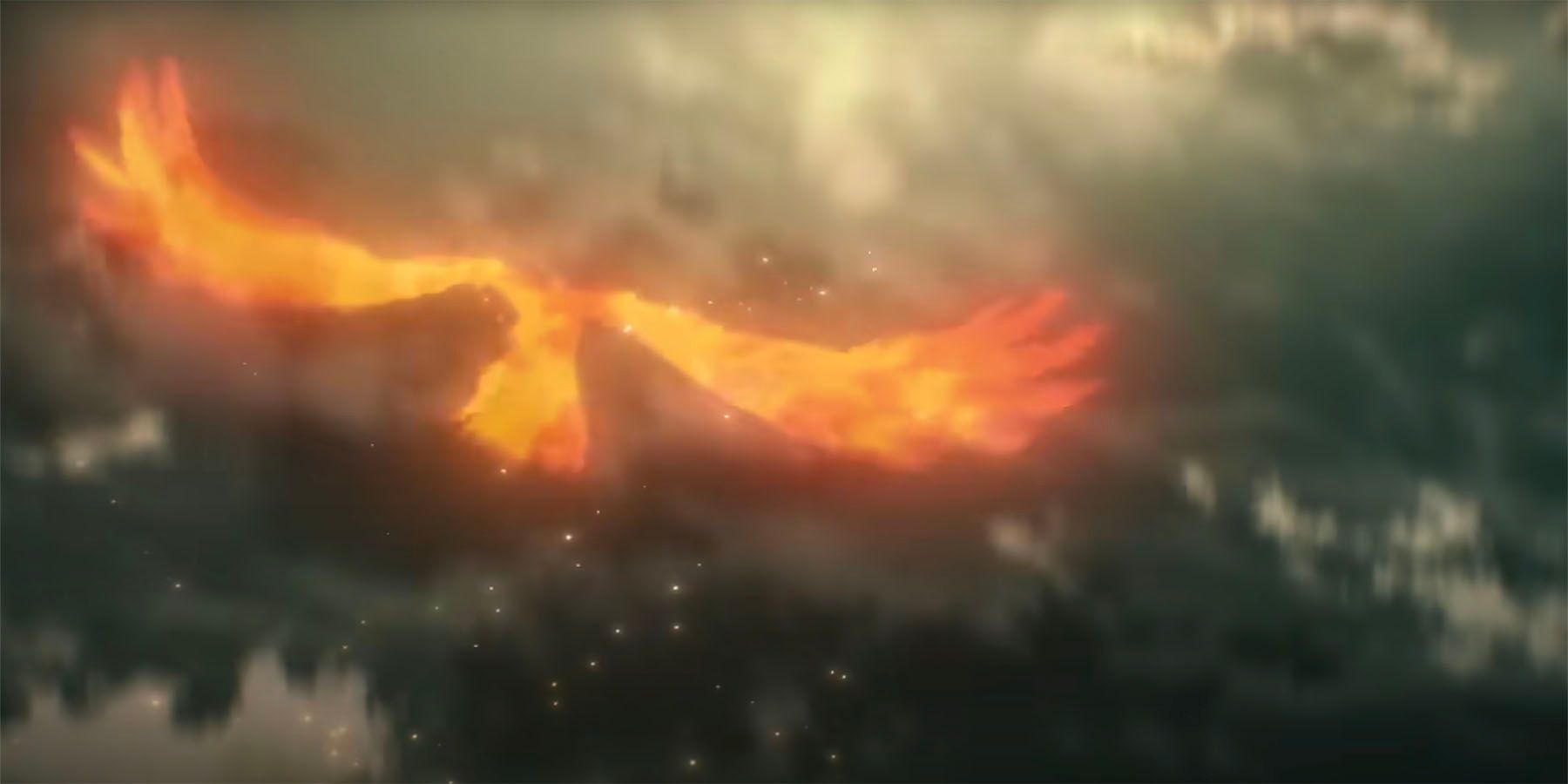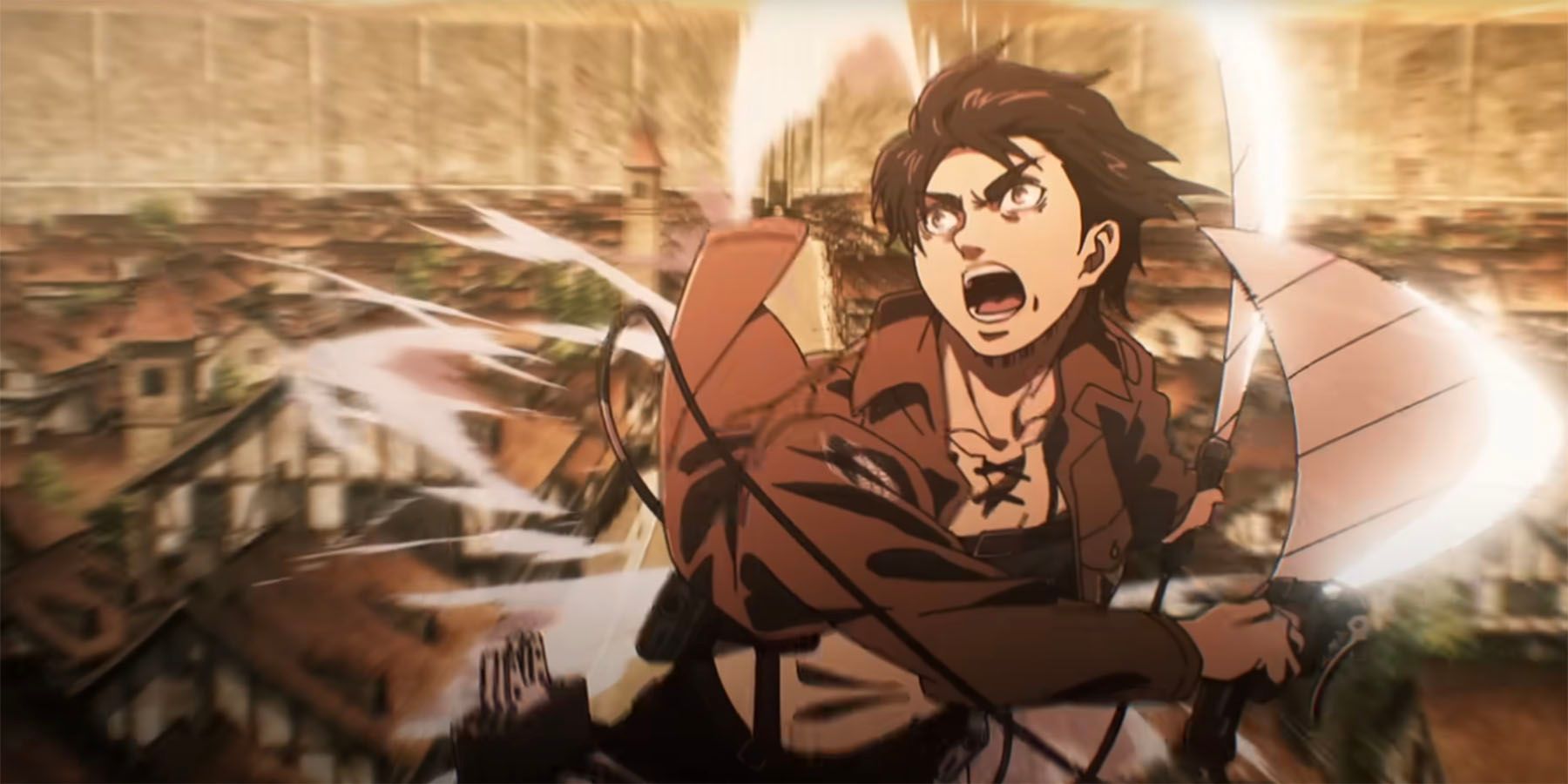Highlights
- Mikasa's final decision echoes the butterfly effect, linking to the cabin timeline and Eren's bird connection in Attack on Titan's conclusion.
- The Last Titan music narrative by Linked Horizon brings the story full circle, symbolizing Eren's resolve and the theme of death and rebirth.
- Attack on Titan explores time constructs with Paths and alternate timelines, showcasing the inevitability of fate and complex character relationships.
On the night of November 4th, Attack on Titan concluded with its last episode. After 10 years, fans got the full and finalized conclusion of their favorite series. With Hajime Isayama's direct contribution to the anime adaptation, it's safe to assume all that we saw in the final episode is canon.
Given the symbolism and pacing of the episode, the following can be observed objectively: Mikasa's answer mirrors the butterfly effect, the cabin timeline, and Eren's direct connection to birds. For the final episode, Linked Horizon released, "The Last Titan", which brings the music narrative to a full circle.
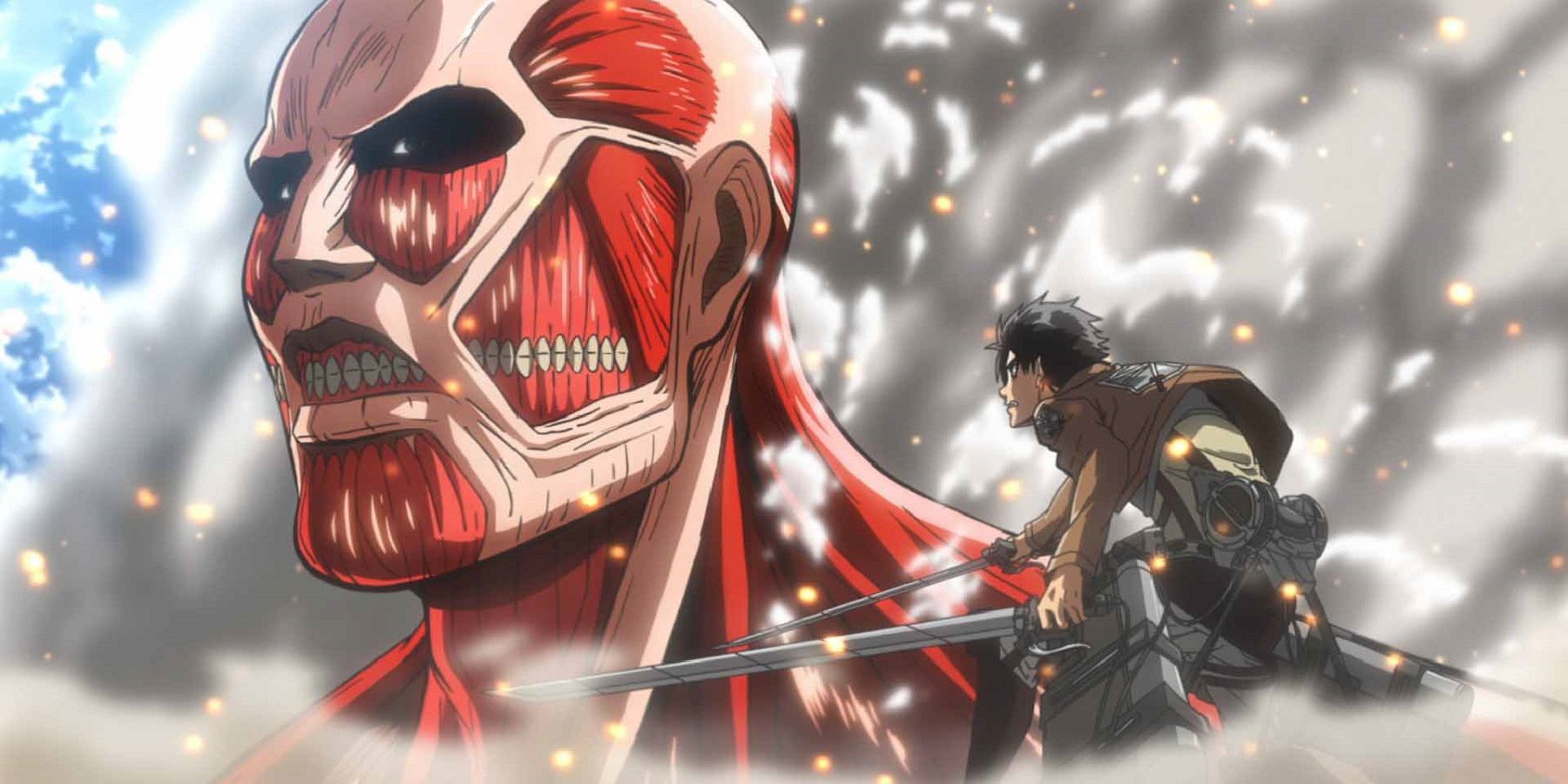
Attack on Titan's True Message Is Not Freedom
One of the biggest themes in Attack on Titan is what defines freedom, but is that truly the message the series was trying to get across?
The Future is Inevitable
Attack on Titan tackles the construct of time in a very interesting dilemma. On one hand, there's Paths, which is an alternate reality where time moves in an instant; and there's also the alternate timelines, which we bear witness to when Eren speaks to Mikasa. While there are multiple routes available to him, the Eren in this "main" timeline is destined to be killed by Mikasa. At the beginning of the 2nd cour, Mikasa remembers her conversation with Eren when he asked her how she felt about him, and wonders if things would have gone differently had she just been truthful.
Later on, shortly before she finds the resolve to kill Eren, he shows her an alternate reality. Around this time, Eren was already paying visits to his friends via Paths, but through memory manipulation. Ackermans' minds can't be controlled or manipulated, however, so when Mikasa woke up in the cabin timeline, she was in fact experiencing something real. This is further backed up through Eren's dream of the future in Chapter 1.
Though because Mikasa is living in the current "fixed" timeline with Eren, she can only peer into the alternate reality. It's at this time that he also peers into the cabin timeline, where he asks Mikasa to kill him - that's how she knew he was located in the Titan's mouth. We can conclude that while it was possible to change the outcome if Mikasa confessed, the fact that she didn't and was destined to lie, sealed the fate of The Rumbling. This is where the butterfly effect comes into play, but in a more tragic connotation. Had Mikasa confessed at that moment, Eren would have run away with her - but in this fixed timeline, she never would.
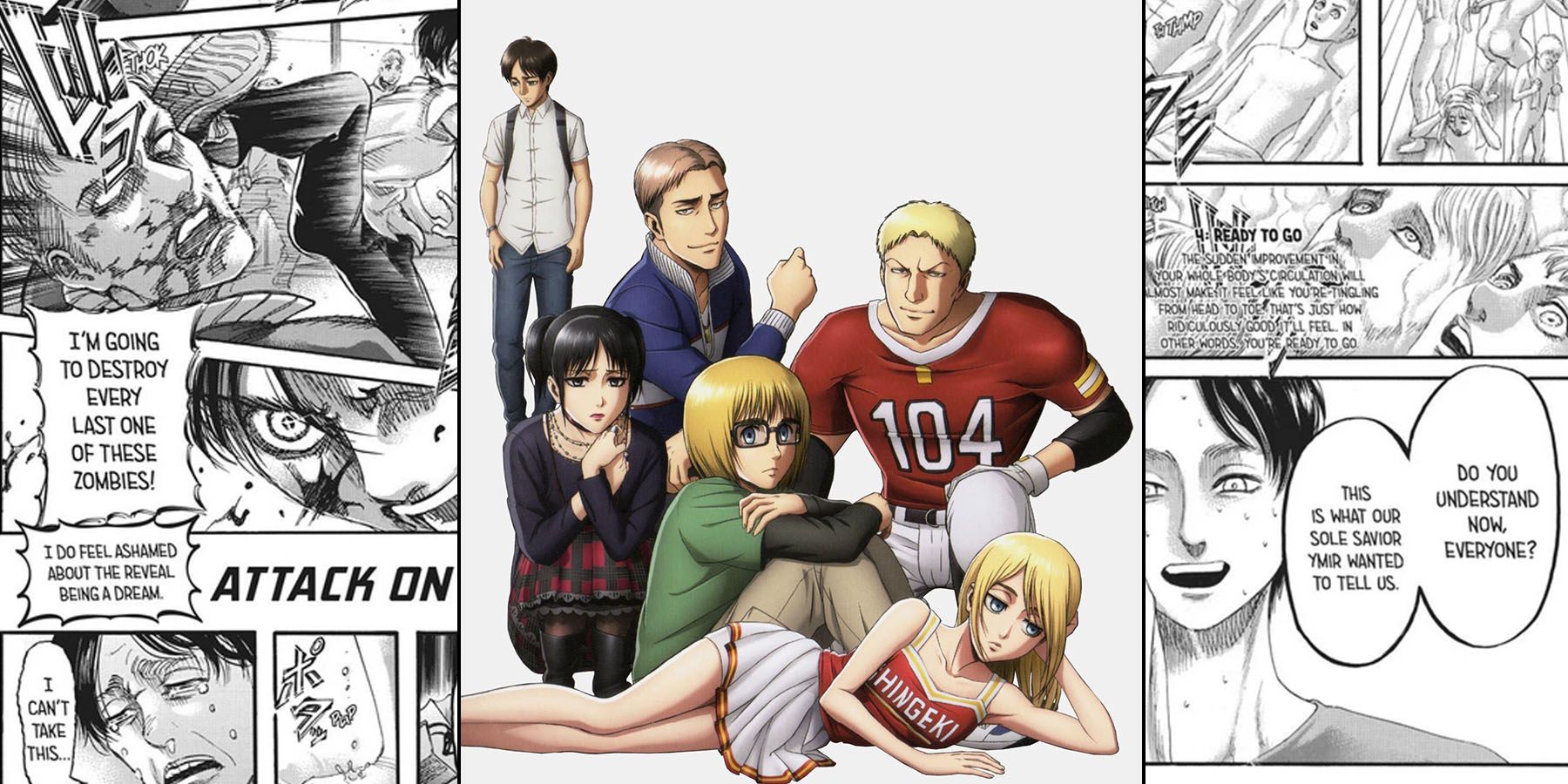
Attack on School Castes: Attack on Titan's Canon Parallel
Isayama is openly a fan of American pop culture, so much that he even made an AU specifically for Eren - but this may be more than just fun and games.
A Bird's Eye View
The Parasitic Jaeger is a real type of bird found in the Antarctic Region, closest to countries located on the European continent. What's more, they are also considered "seabirds" as well. Similar to the bird that tugged at Mikasa's scarf and shed its feathers for Armin, we also saw a scene where Eren is peering through the eyes of a bird during Armin's conversation with Annie on the boat. Fans assumed that the bird that appeared at the end was a seagull, when in fact it's very possible that it was a parasitic jaeger instead. Adding to this, rather than the bird being a symbol of freedom, Eren's connection to them could insinuate that there is a correlation between Titans and animals - as we see Falco's Titan can sprout wings, and he has visions of flying - a bit like he too can see through birds.
The Arrow Stained in Red
"Guren no Yumiya", or "Crimson Bow and Arrow" is Attack on Titan's first OP. While it was initially clear that the term was meant to symbolize something, fans could only speculate. Though now that Attack on Titan has reached its conclusion, "Crimson Bow and Arrow" takes on multiple meanings. In "Akatsuki no Requiem", it was The Rumbling; and in the final OP, "The Last Titan", it's a literal weapon that Eren shoots. Upon firing it, it flies forward, obscured by flashbacks of Eren's life, and turns into a bird, setting off on its own. This implies that Eren did not necessarily control the future, but rather set the story in motion.
In "Guren no Yumiya", it's referenced as a tool that will pierce its enemy. Rather than The Rumbling or a literal bow and arrow, it's all of the above: Eren's resolve. The crimson bow and arrow is Eren's resolve to end the Titan's Curse. Moreover, when the arrow becomes a bird, it's reminiscent of Suzaku (referred to Phoenix in the West), the elemental fire bird which emerges from the South.
Personality-wise, the creature represents reliance and passion - but can also be used as a symbol for "rebirth", depending on cultural interpretation. One example could be using "phoenix down" to revive fallen party members in the Final Fantasy series. Incorporating the popular timeloop theory, along with Eren's resolve, Suzaku also serves as a strong desire to keep going and not give up, starting over.
As the bird takes off, Eren makes his move, but before he can land a blow, a Wall Titan stomps on him, insinuating that he too is a victim of The Rumbling. Lastly, at the end of "The Last Titan", Mikasa attacks Eren's Titan similarly to how he did with the Colossal Titan in the first OP - she took his place to end the Titan's Curse.
Death and Rebirth
As Mikasa approaches Eren for the final time, Historia is seen giving birth - and after his death, as Mikasa holds his head, it cuts to the former's daughter opening her eyes. Due to the timing and scene composition, fans once again theorized that, due to the visuals, and Historia's daughter's appearance right afterwards, he was the father. While this scene definitely conveys the theme of death and rebirth, it should be noted that Historia's daughter does not resemble Eren, and she's seemingly happy with The Farmer.
Therein lies a possibility for why this scene was organized the way it was: to put to rest that Eren was the father (official material would debunk this as well), and show another theme of rebirth; that being forgiveness. Historia forgave The Farmer, and so she was able to start anew. Most likely, however, it was to transition effectively to the time skip (as we see 3 candles on a birthday cake), and going from closed eyes to open ones just flows a lot better for the scene and panel. But Eren still did play a part in Historia's decisions, such as when it's revealed that Eren visited her in Paths as well and told her what he knew of the future, so she would know what actions to take as the Queen. It can't be denied that the two were intertwined, not by fatherhood, but by fate itself.
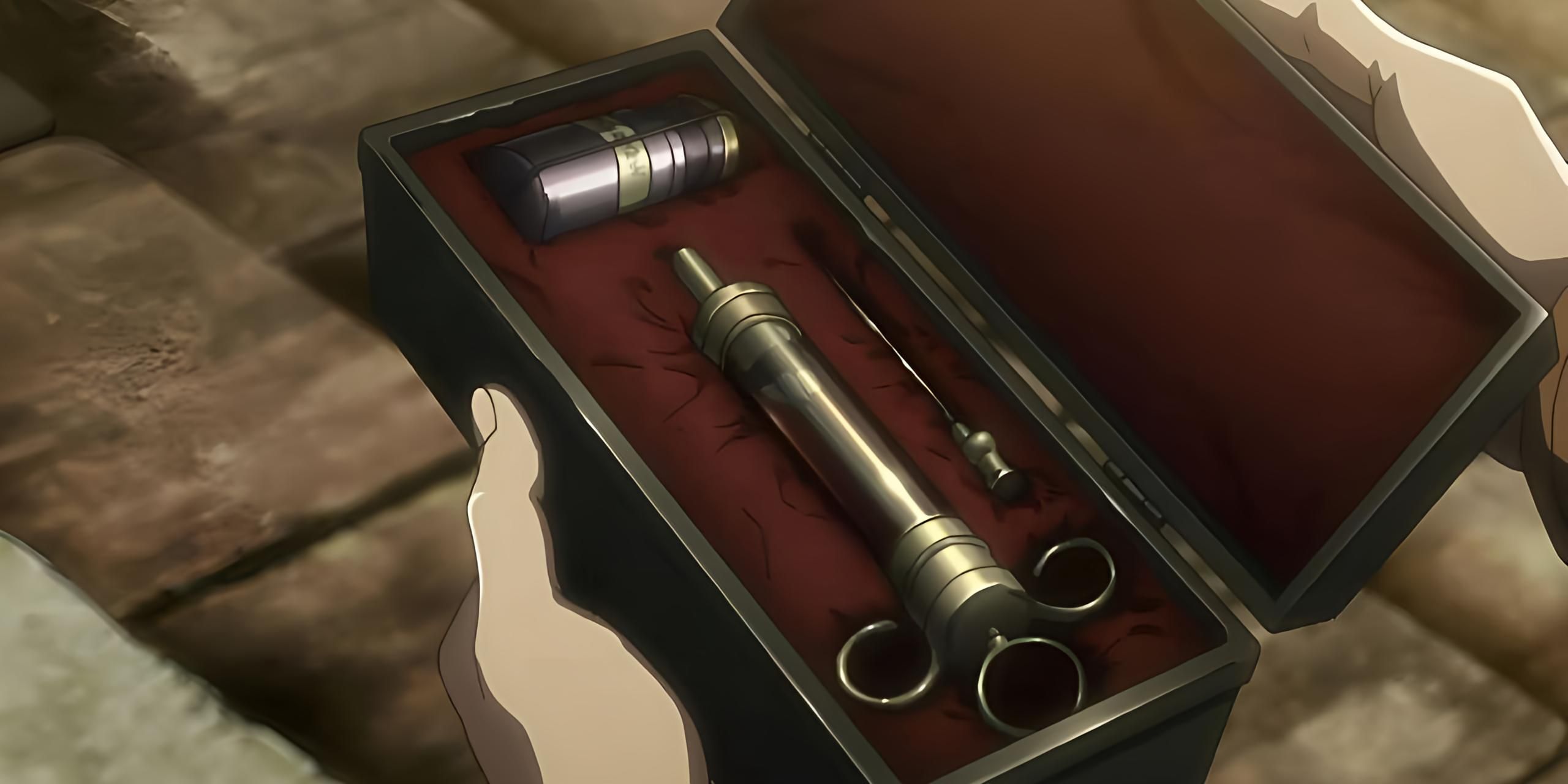
Attack on Titan: The Titan Injection, Explained
The injection turned Eldians into Titans, allowing some to inherit power from those devoured. Its secrets shaped the entire conflict.
Did Mikasa Really Move On?
When talking with Armin in Paths, Eren reveals that he has feelings for Mikasa and wants her to spend at least 10 years thinking about him, should she eventually move on. Jean is the only person who didn't say what Eren's message was to him in Paths, leading to fans theorizing that Eren asked him to take care of Mikasa in his stead. In the end credits, the back of Mikasa's husband's head and attire somewhat resembles that of Jean's - and we do see that she starts a new family too.
While bittersweet, it can be compared to another work, Titanic by James Cameron, where the female lead loses the love of her life but eventually does find happiness in another marriage. Jean knows he can never be Eren, but because he grew to genuinely love Mikasa, he takes up the role. Though the evidence to support this theory is minimal, it is still nice to think that at least Jean was able to be there for her like he wanted.
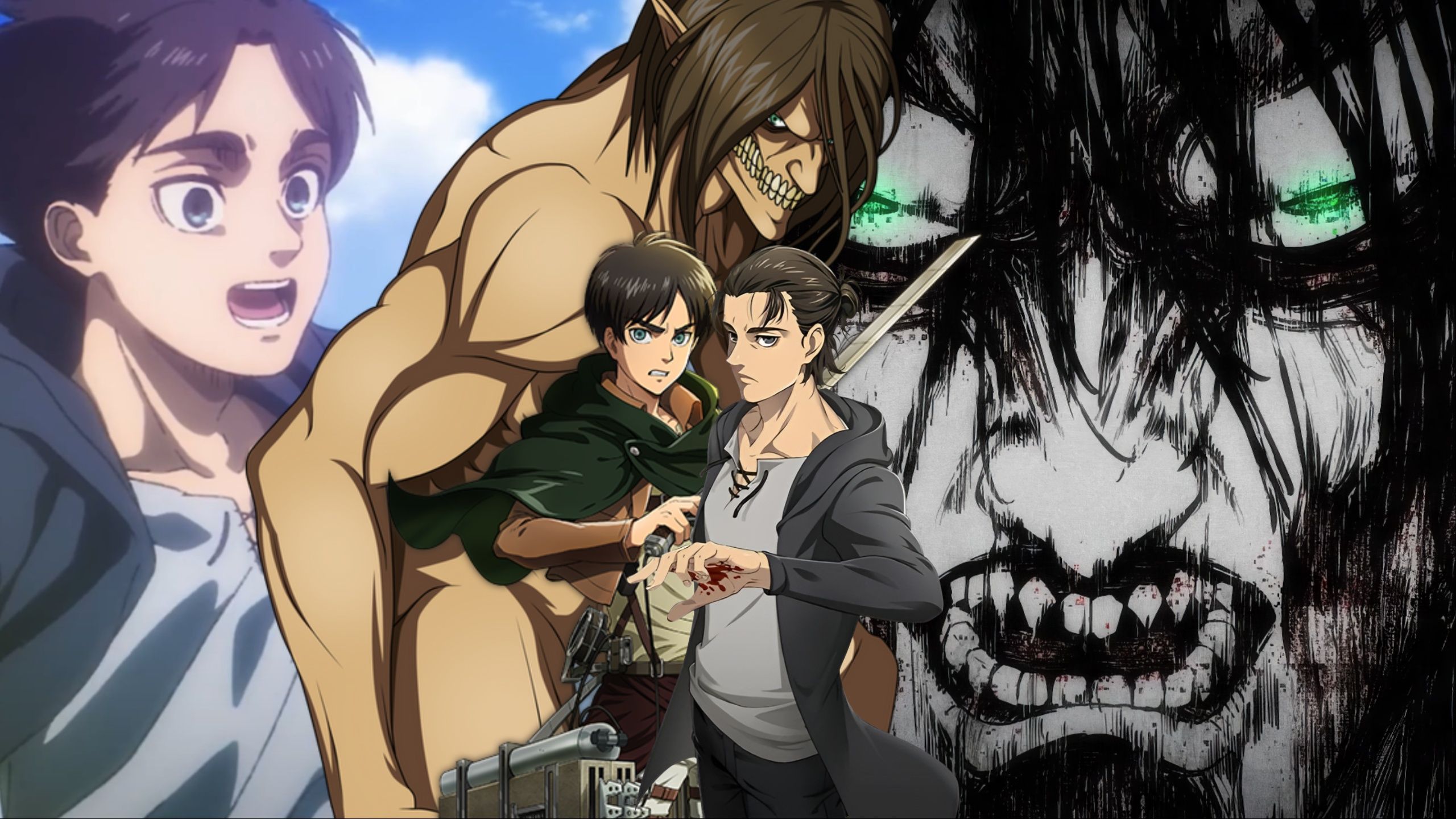
Attack On Titan: Is Eren The Protagonist or Antagonist?
From a boy driven by revenge to a hardened soldier forced to make harsh choices, the evolution of Eren's character has always eluded categorization.
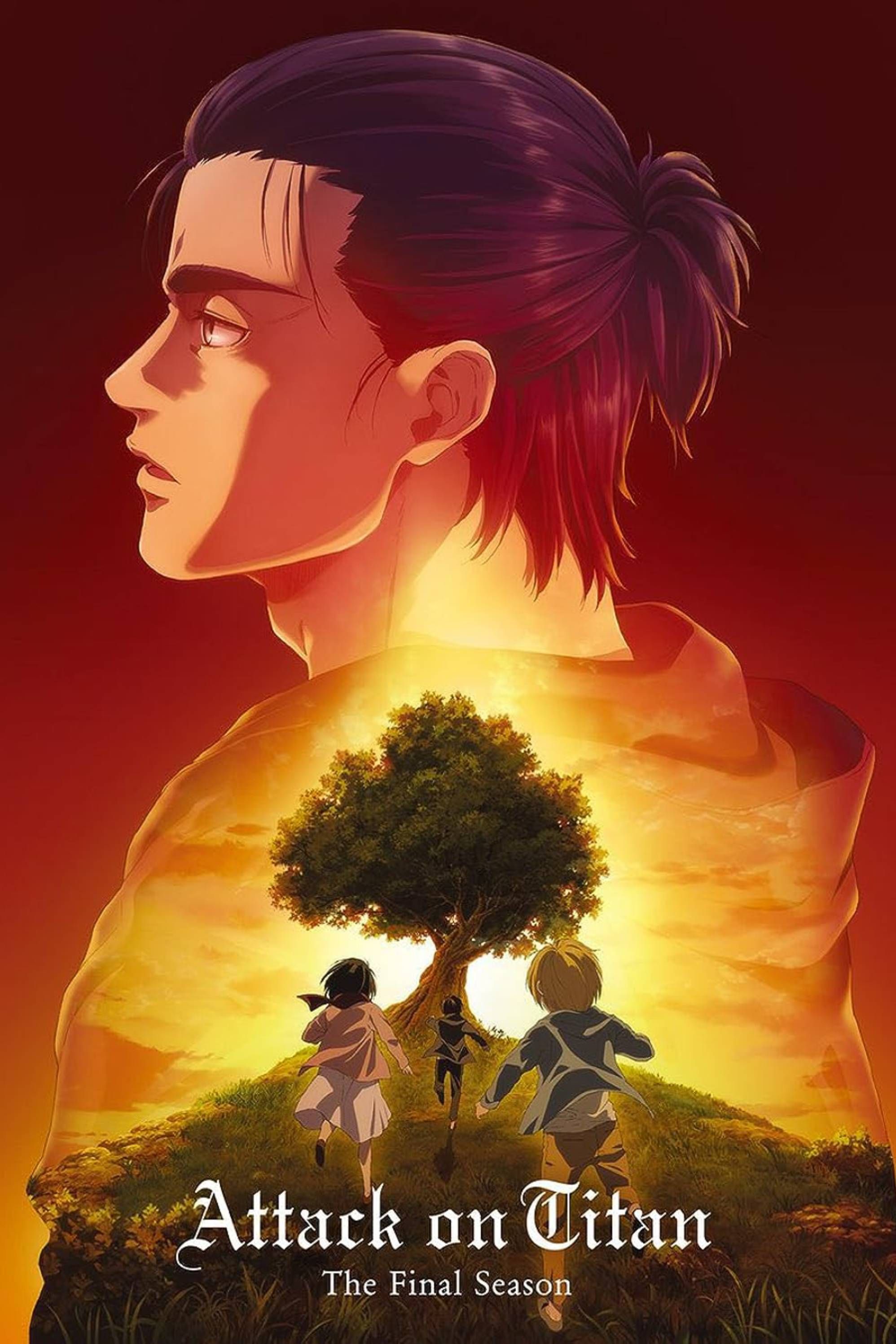
Attack On Titan
Based on Hajime Isayama's widely popular manga, Attack on Titan is a dark fantasy anime set in a world where humanity lives behind walls to protect themselves from massive creatures known as Titans. Over the course of four seasons, the story takes plenty of unexpected twists and turns, almost evolving into a different type of series in the process.

